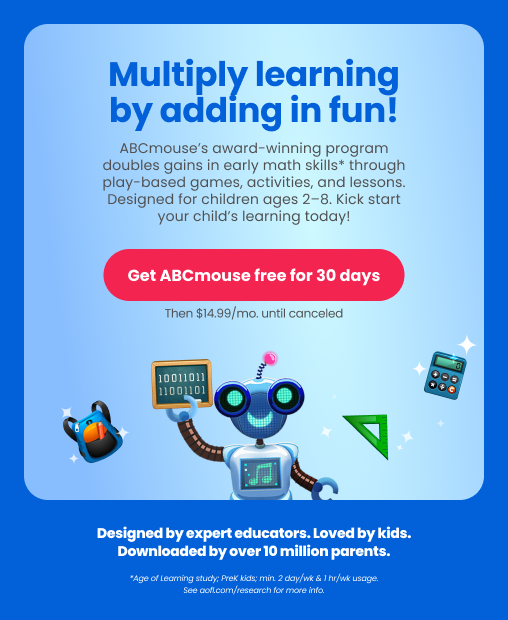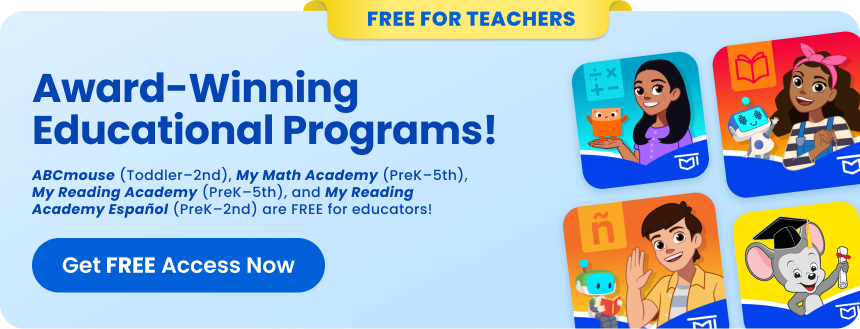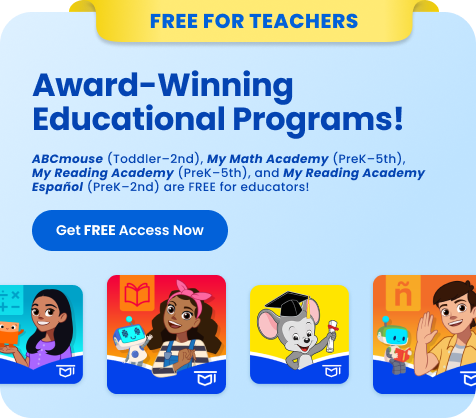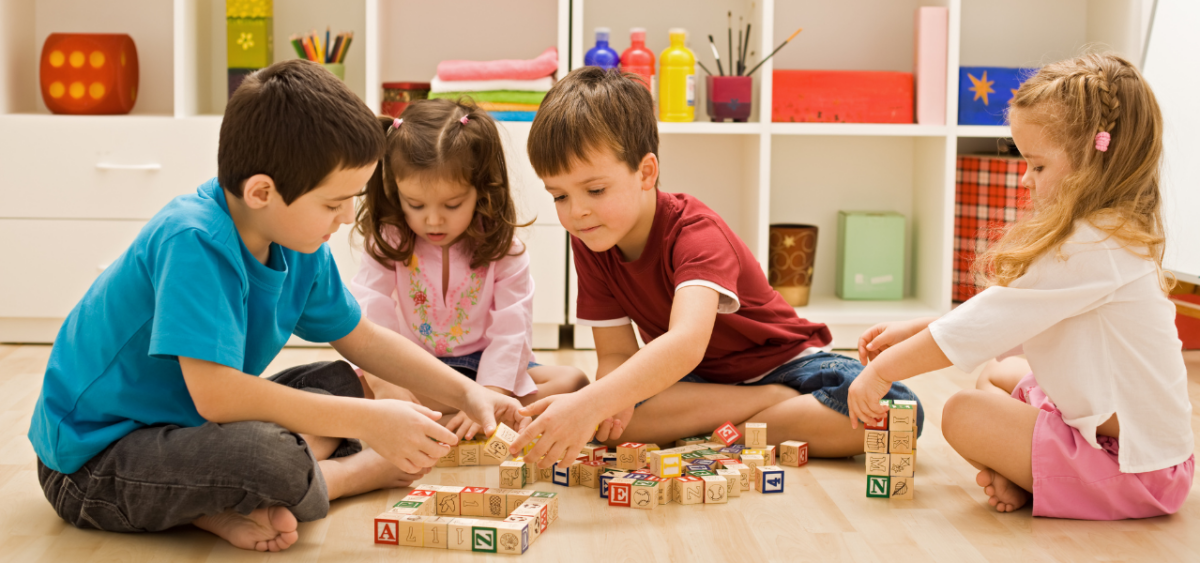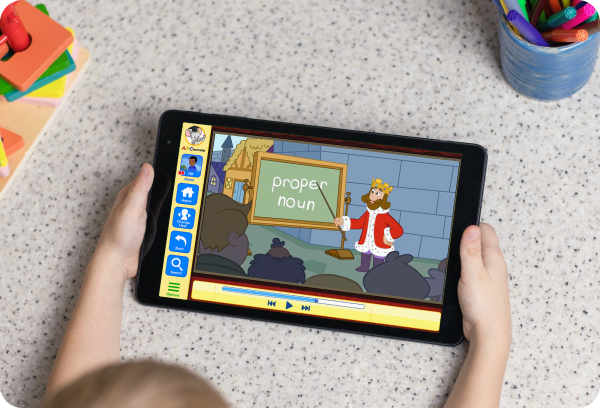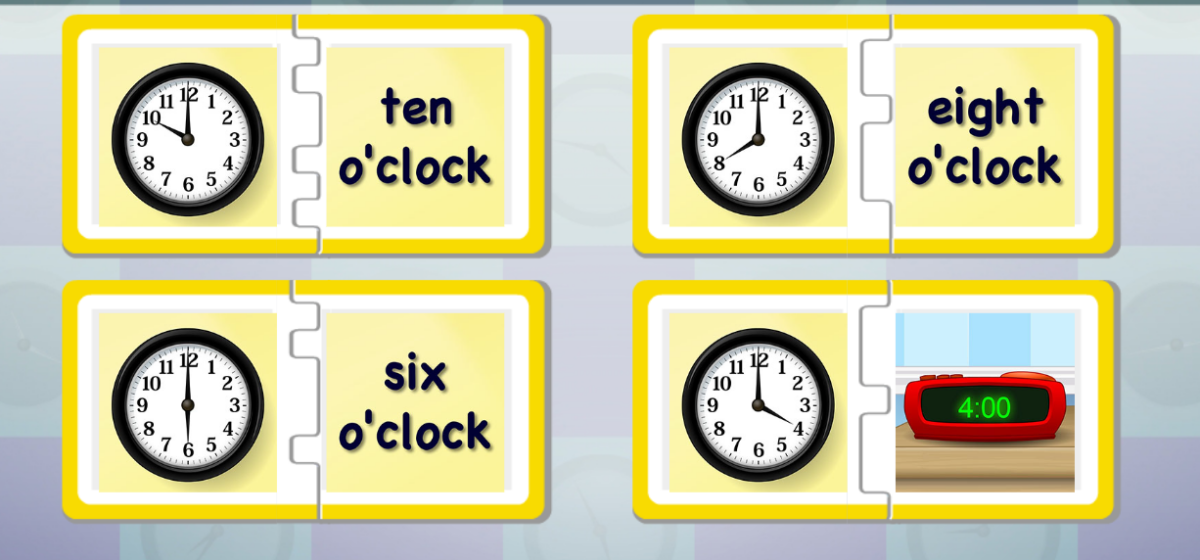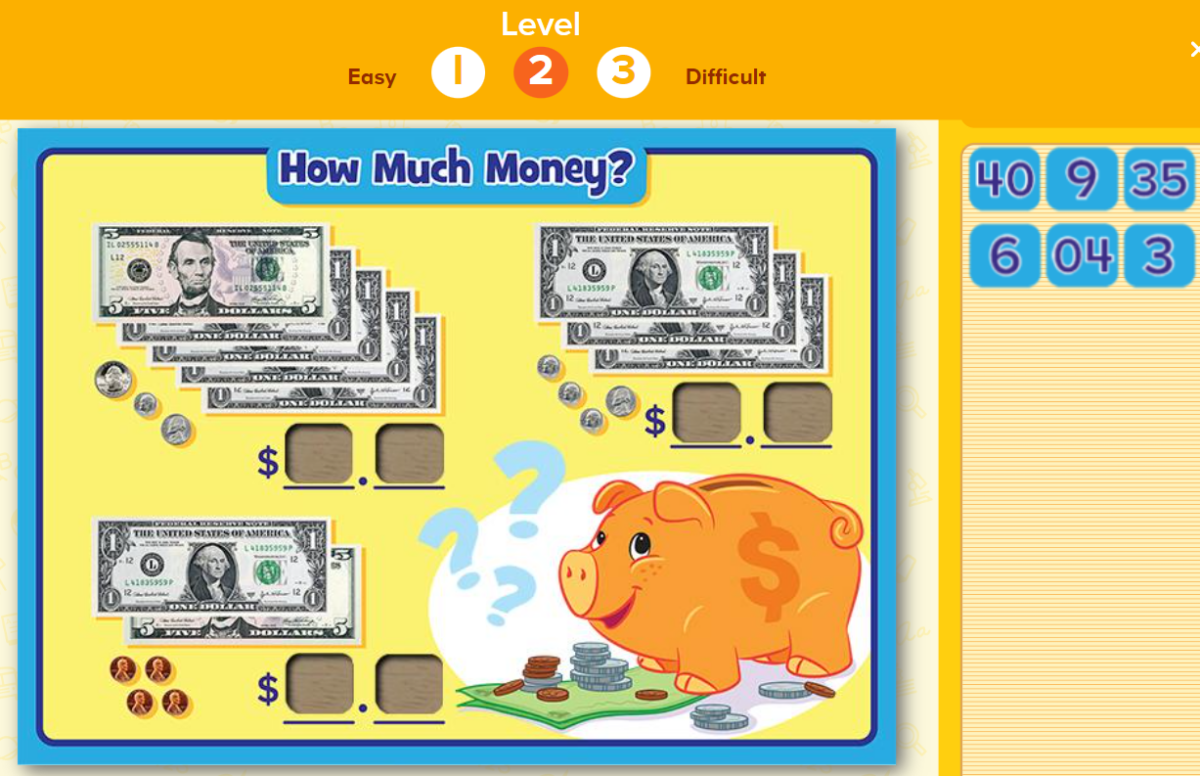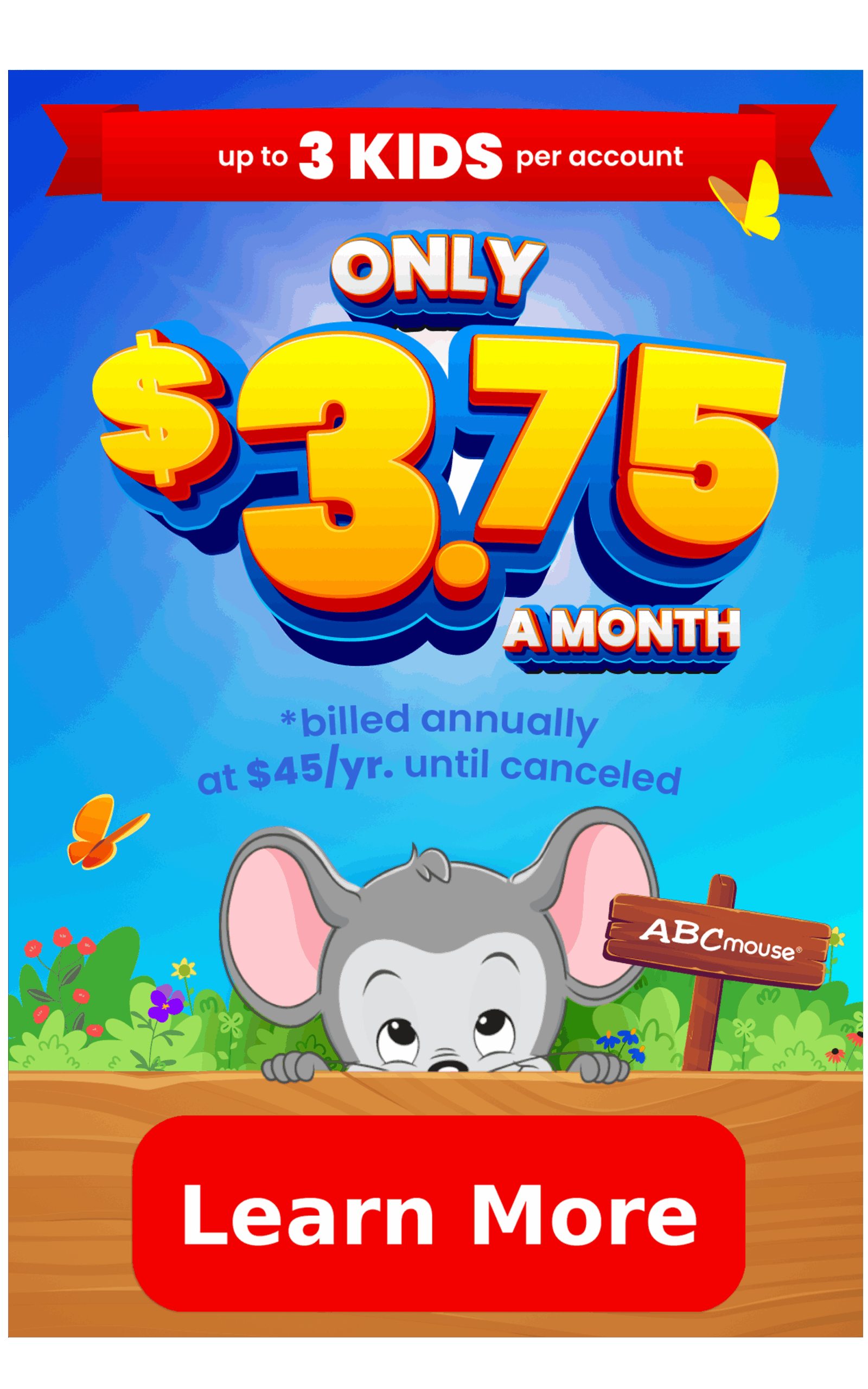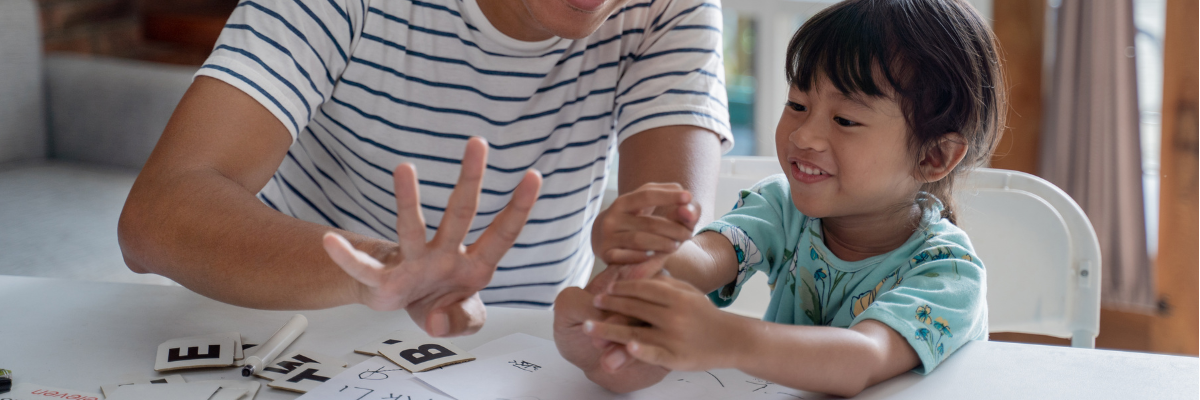
Essential Math Concepts for Preschoolers: Counting, Shapes, Patterns, and More
Table of Contents
Skill #1 – Counting and Number Recognition
Skill #2 – Understanding Size, Shapes, and Patterns
Skill #3 – Basic Addition and Subtraction
Skill #4 – Measurement and Comparison
Preschool is a great time to build foundational math concepts, especially through fun, play-based learning. Here are the math skills that preschoolers typically learn:
What math concepts do preschoolers learn?
Preschool math focuses on beginning math concepts such as shapes, patterns, number recognition, and simple spatial reasoning. Children also learn to count, identify numerals, compare quantities, and sort objects based on attributes like color or shape. They also begin to understand the idea of comparing and determining more or less and larger or smaller.
Because of their young age and natural curiosity, preschoolers tend to learn well through play or as they move about their day. For example, imagine it’s a sunny afternoon, and you’re spending time with your little one in the park. While playing, they take a break to count the ducks in the pond, compare the sizes of different pebbles, or identify the shape of a leaf. These are all simple ways for your child to engage with fundamental math concepts.
As a parent, you play an important role in nurturing your child’s early math skills–no chalkboard or a textbook required. The world around you is your classroom and everyday moments are your lessons.
Early math learning
For parents who want pair everyday learning with a more structured and engaging approach, explore the ABCmouse Preschool Math Curriculum, designed to help preschoolers build foundational math skills through interactive games, hands-on activities, and personalized learning.
At the preschool age, math learning is all about understanding the world around them. Here are some key concepts to focus on:
Skill #1: Counting and Number Recognition
This is the first step in your child’s math journey and focuses on recognizing and naming numbers and understanding their order. Start with numbers 1-5 and gradually move up as your child becomes more comfortable.
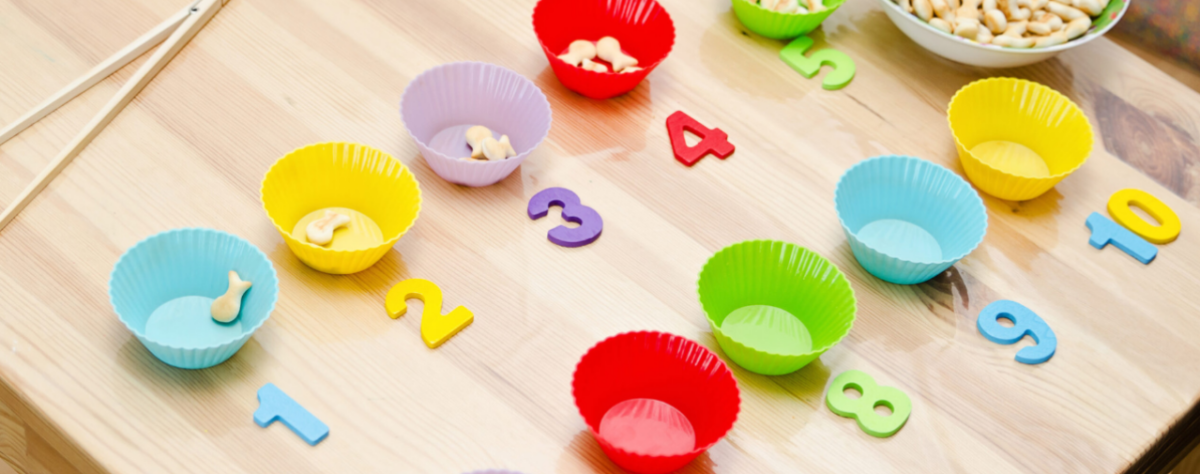
Here are some ideas you can try:
- Count steps as you walk: Have your child count how many steps it takes to get to different areas in the house, like from the couch to the dining room table.
- Count objects: Use everyday objects like toys, crayons, or blocks to count with the child. For instance, say, “Let’s count how many blocks we have. One, two, three…”
- Count jumps or claps: Have your child practice counting while they jump or as they clap their hands. Each time they jump or clap, they can say the number out loud.
- Counting fruits or snacks: Use small and easily countable items like, crackers, grapes, or raisins. Ask your child to count how many they have in their hand or to count each one as they eat it.
- Number tracing worksheets: These worksheets feature numbers for your child to trace. This activity helps them learn the shape and structure of each number. As they trace, they can practice saying the number out loud.
- Try a number scavenger hunt: Write numbers on sticky notes and place them around the room or house. Call out a number and have your child find and bring it to you.
- Color-by-Number Activity: These free printable worksheets blend number recognition practice with coloring and include numbers a range of number, such as 1-5 or numbers 1-10.
Try this fun preschool counting song from ABCmouse
Skill #2: Understanding Size, Shapes, and Patterns
Preschoolers naturally begin to explore the world by comparing and categorizing what they see. Helping them understand size, shape, and patterns builds important early math skills like spatial awareness and sequencing.
Explore Size and Comparison
Start by using everyday items to introduce vocabulary like big and small, tall and short, more and less. You can:
- Compare the size of stuffed animals, shoes, or cereal boxes.
- Line up toys by height or length and ask which is tallest or shortest.
- Sort items into groups (big vs. little blocks, long vs. short sticks).
- Talk about sizes during daily routines, like “Which spoon is bigger?” at the dinner table.
These everyday moments help build essential skills in measurement and comparison—plus, they’re fun and easy to do. Looking for even more hands-on ideas? Try these:
Learn Shapes
Preschoolers begin by recognizing basic 2D shapes like circles, squares, triangles, and rectangles. Point out shapes during your day:
- “That window is a rectangle!”
- “Your plate is a circle.”
- “Let’s find three triangles in this room.”
Offer hands-on activities like:
- Shape puzzles or shape sorters
- Tracing shapes using stencils or printables
- Crafts with cut-out shapes to make pictures or collages
You can even build shapes with playdough or craft sticks to help children feel the number of sides and corners— reinforce the concept by watching this fun shape video from ABCmouse together!
Discover Patterns
Patterns are all around us — on clothing, in nature, or during play. Recognizing patterns builds logical thinking and sets the stage for understanding sequences and equations later.
Try simple pattern activities like:
- Drawing shape or color patterns and asking your child, “What comes next?”
- Laying out colored blocks in a red-blue-red-blue sequence.
- Clapping and stomping in a repeated rhythm (clap, stomp, clap, stomp).
- Using snacks (like grapes and crackers) to create edible patterns.
- Practicing with these free printable pattern worksheets.
Skill #3: Basic Addition and Subtraction
At this age, the key principles to understand about addition and subtraction is that adding means increasing and subtracting means taking away.
This can be taught using objects like toys or snacks. For example, start with three apples, add two more, and ask your child how many apples there are now.
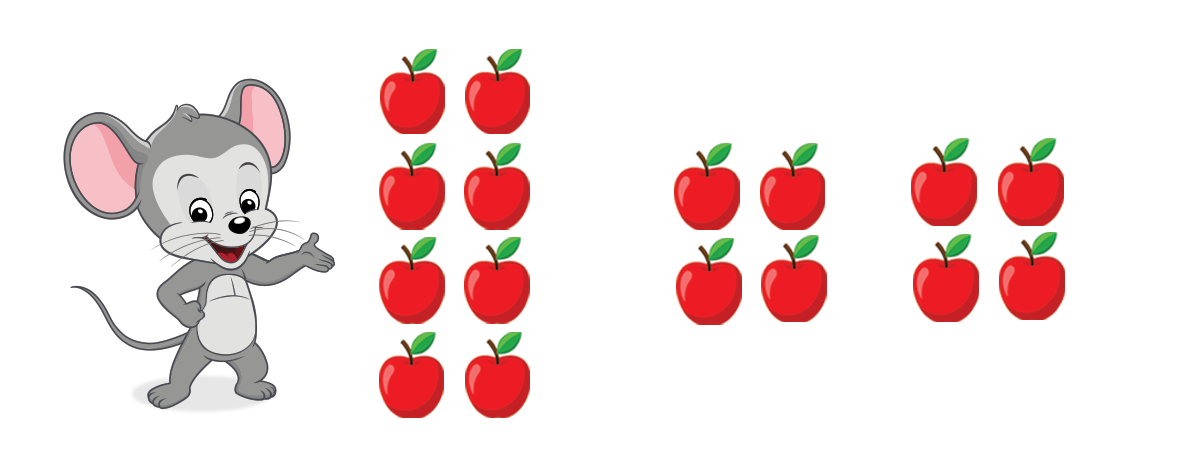
By using concrete objects and allowing the child to physically manipulate and count them, you are providing a hands-on and visual representation of addition and subtraction.
This approach helps children develop a solid understanding of these concepts before moving on to abstract representations like numbers and equations.
Skill #4: Measurement and Comparison

While they won’t be using rulers just yet, preschoolers can start understanding the concept of more and less by comparing the sizes of different objects.
This can be introduced during bath time with different-sized cups or while helping in the kitchen with measuring spoons.
An ABCmouse Curriculum Expert Explains the Early Math Concepts Your Child Should Know
5 Fun Preschooler Activities to Learn Math Concepts
Now, let’s make learning fun with some engaging activities that will help your child grasp these concepts:
Paint-By-Numbers: 1-5 Ice Cream
This ABCmouse activity is a fun way to help your child recognize and name the numerals 1-5.
They’ll practice their counting and number recognition skills as they color the ice cream scoops according to the numbers. It’s a fun, colorful way to reinforce number recognition.
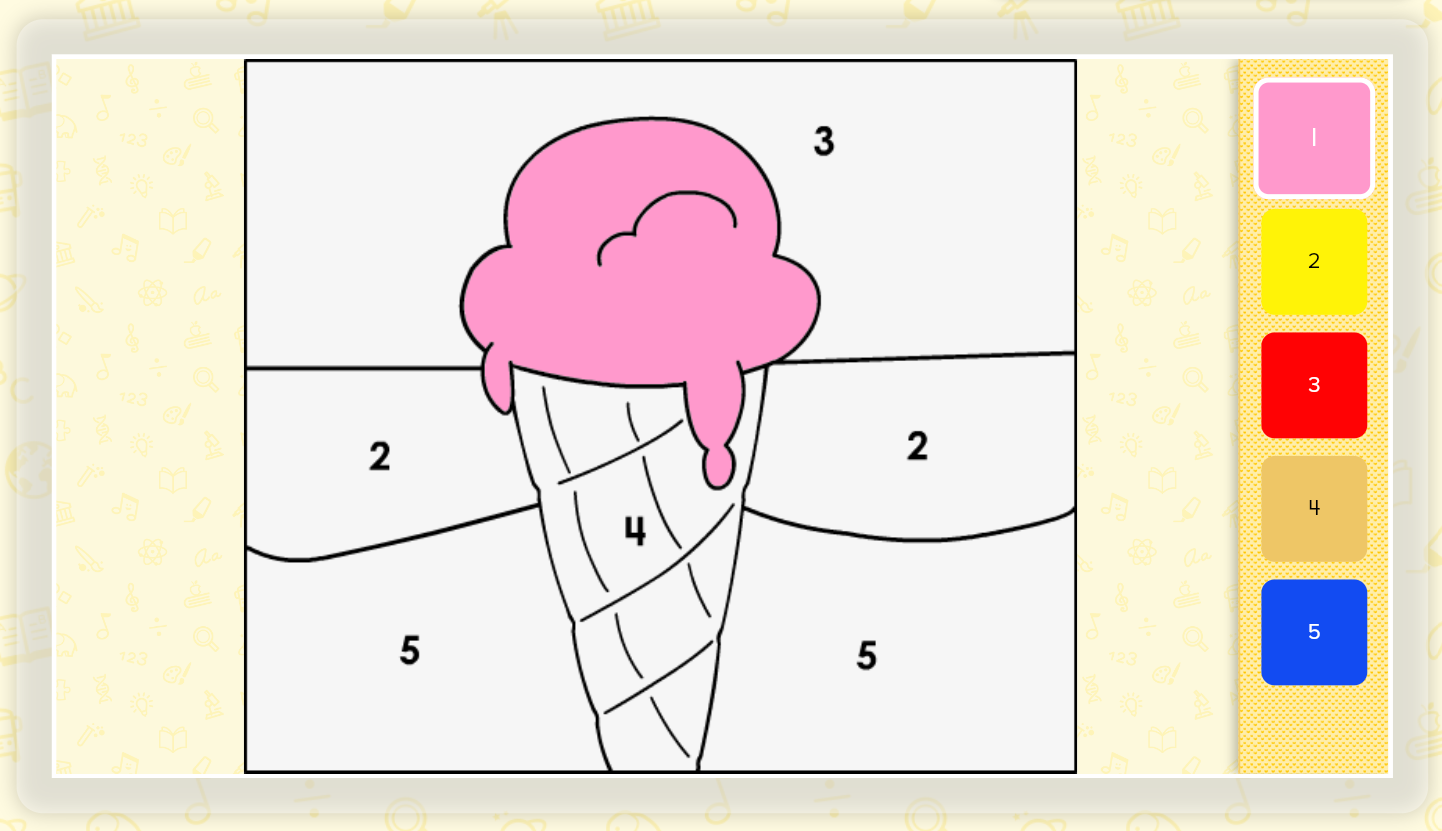
Counting Games with Toys or Household Items
Use your child’s favorite toys or everyday household items for this activity.

Ask your child to count the items and then add or remove some to practice basic addition and subtraction. This could be a game of, “How many toy cars do you have? What if we add two more?”
Shape Sorting Activities
Create a shape sorting game using cutouts of different shapes.
Then, ask your child to sort the shapes into types, putting all the circles in one pile and so on.
Keep the shape learning going with this hands-on collection that includes shape Bingo, shape printables, shape crafts, and more:
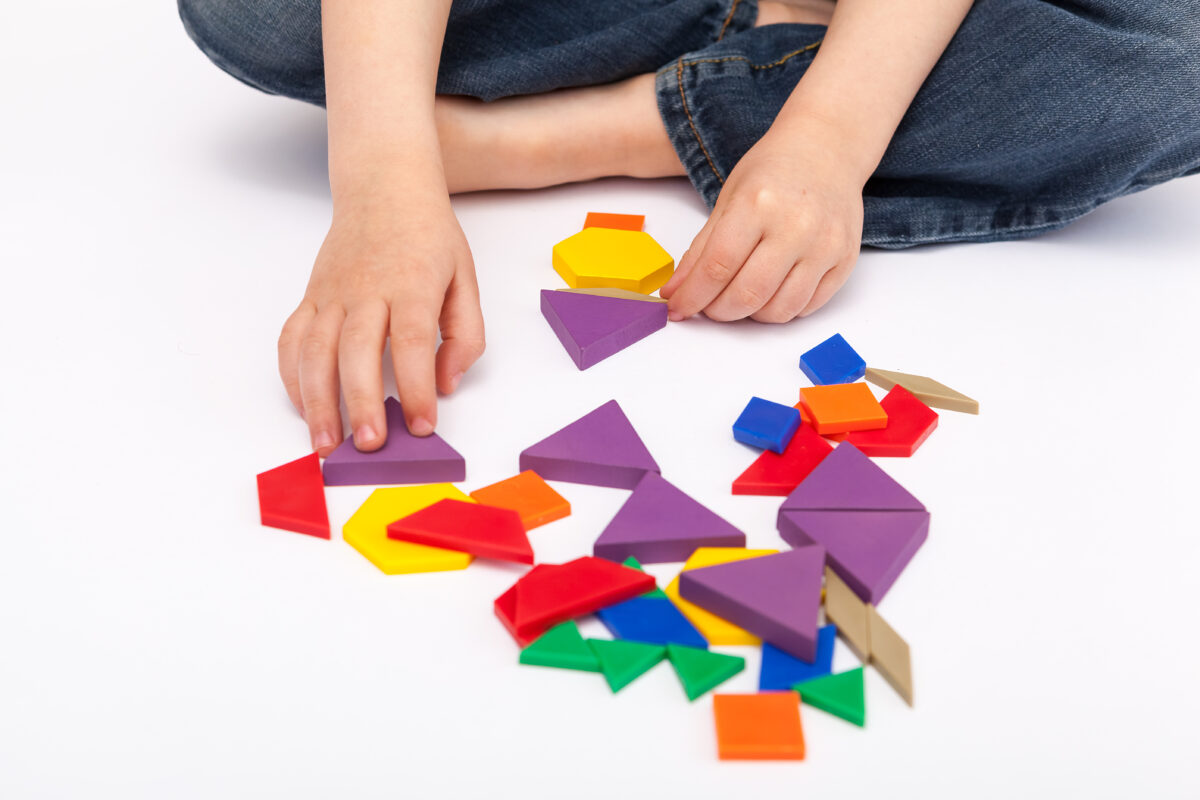
Simple Card & Board Games that Involve Counting
Games like Snakes and Ladders, Candy Land and Uno are great for practicing counting.
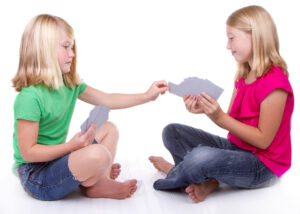
As your child moves their game piece across the board, they’ll be practicing their counting skills in a fun and engaging way. This also introduces them to the concept of taking turns and following rules.
Hands-on Activities with Measuring Tools
While your child may not be ready to understand inches or centimeters, they can start understanding the concept of measurement.
Use measuring cups in the sandbox or bath to explore more, less, and equal concepts. This can be a fun, messy activity that also introduces the concept of volume.

Additional Hands On Math Activities Ideas for Preschoolers
Ready for even more hands-on fun? We have an activity-packed resource list that is full of preschool math ideas your child will love:
🧮 Counting made fun
– Use LEGO bricks, balloons, and fish to explore numbers in playful, unexpected ways.
🎲 Games with purpose
– Turn UNO cards and dominoes into tools for number recognition and comparison.
🎨 Creative learning
– Try sticker numbers, number smash with playdough, and craft stick patterns.
🌳 Outdoor adventures
– Go on a math scavenger hunt or jump along sidewalk number lines!
📚 Extras you’ll love
– Printable worksheets, number tracing, and videos that pair perfectly with the activities.
The Role of Play in Learning Math
Remember, at this age, learning should be fun! Incorporating play into learning makes it more enjoyable for your child and makes it more likely that they’ll retain the information. Everyday activities like cooking, shopping, or even cleaning can be opportunities to introduce math concepts.
For example:
- Ask your child to help you count items at the grocery store.
- Sort laundry by color or size.
- During playtime, engage them in building blocks or puzzles, which can help them understand shapes and spatial relationships.
- A simple game of hopscotch can introduce them to number sequences.
- A picnic in the park can turn into a mini-lesson on counting and sharing.
- Even bedtime stories can be a chance to explore math. Choose books with numbers and counting or stories that involve sequences of events. This strengthens their math skills and fosters a love for reading.
In essence, play provides a natural and engaging context for learning math. It allows your child to explore, experiment, and understand math concepts in a way that is meaningful to them. So, let’s make learning math a fun and playful adventure for your little one.
Teaching math to your preschooler may seem daunting, but remember, you’re not alone. As a parent, you’re in a unique position to make learning fun and engaging for your child.
By incorporating math concepts into everyday activities and play, you’re setting your child up for a lifetime of learning. Remember, the goal at this age isn’t to have your child solve complex equations but to develop a positive relationship with math that will serve as a strong foundation for future learning. So start counting, sorting, and measuring, and most importantly, have fun!
ABCmouse’s expert advice review process:
Our team of ABCmouse Curriculum Experts, made up of talented professionals in early childhood education and development, take a close look at educational content and learning claims. They put in the effort to make sure our information is accurate and current. We have a certified educator or another respected authority review the content, matching their expertise with the topic at hand. They’ll make sure the content is thorough and follows the latest research and educational guidelines. If they think we can make things even better, they’ll chat with our editorial team, and we’ll make those improvements right away. Only after a reviewer gives their thumbs-up does a piece of content get the official stamp of approval in the byline.



